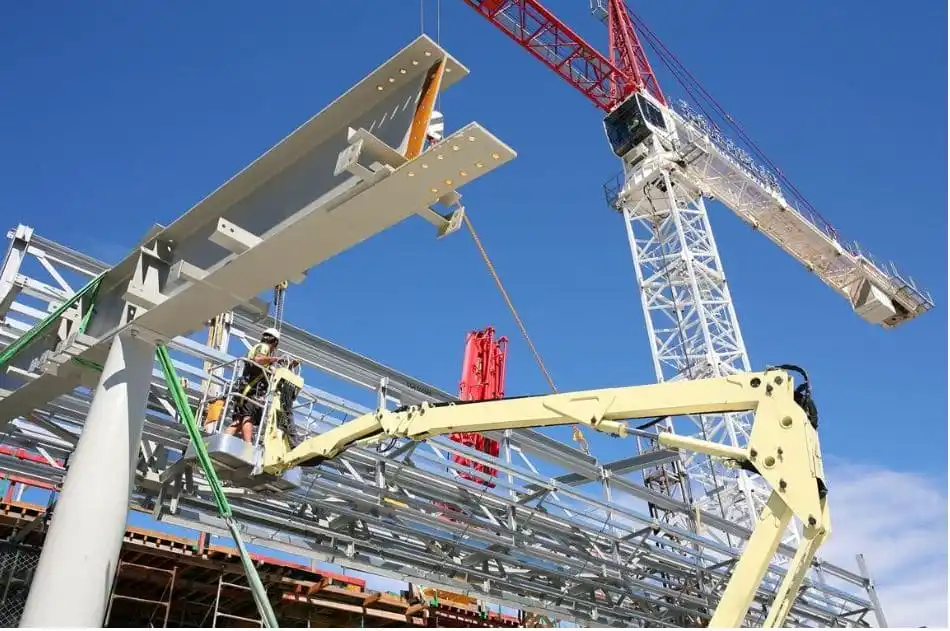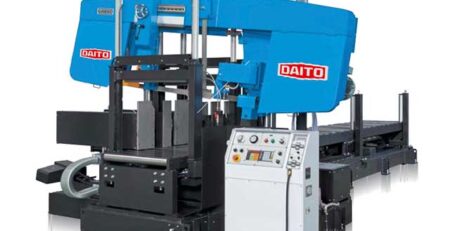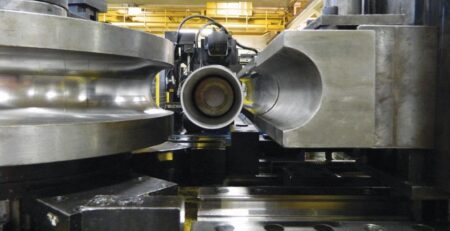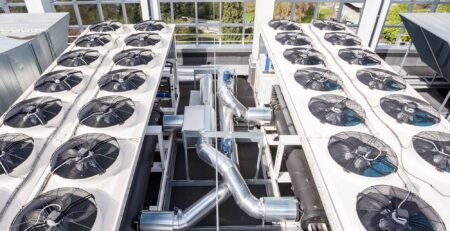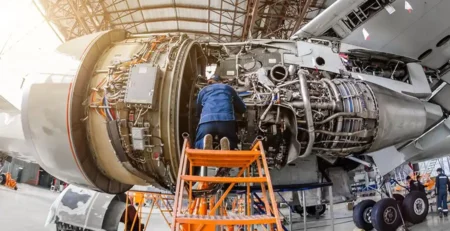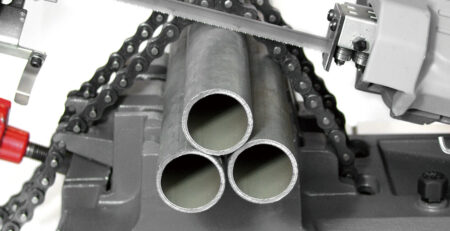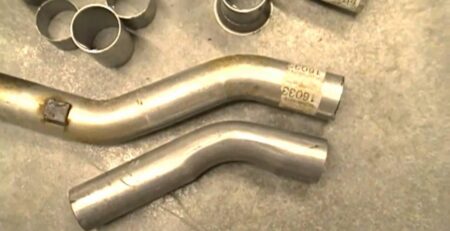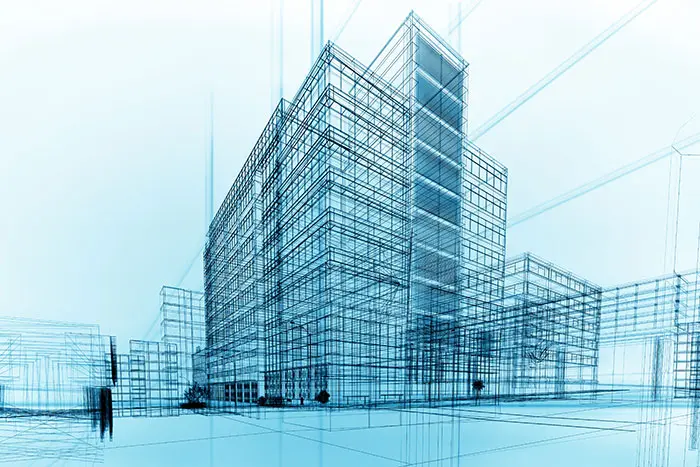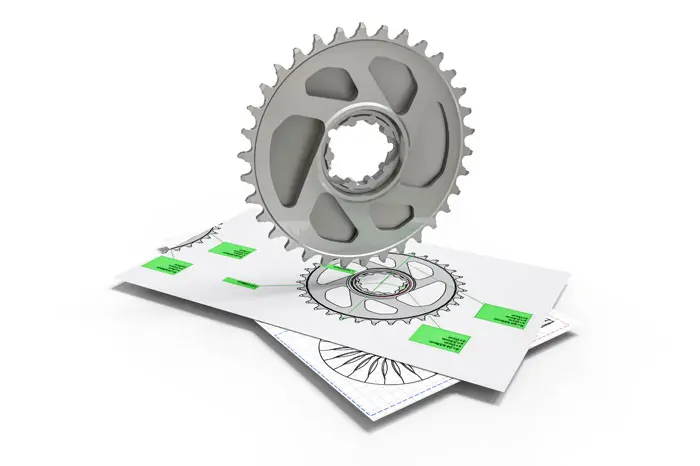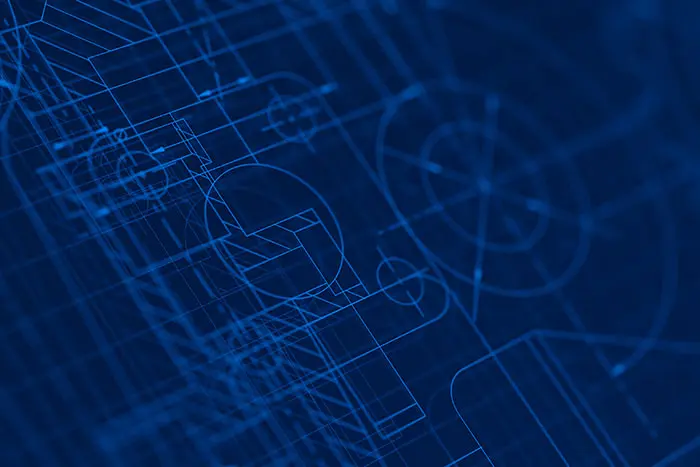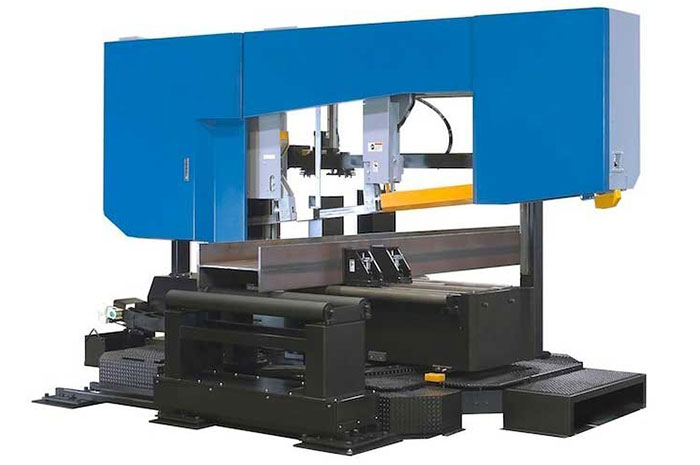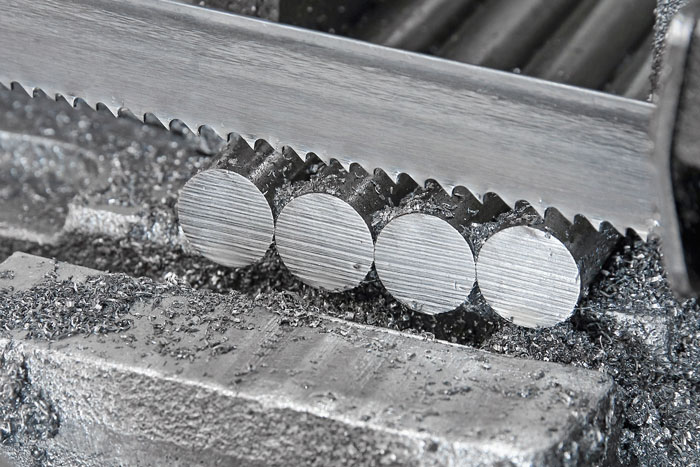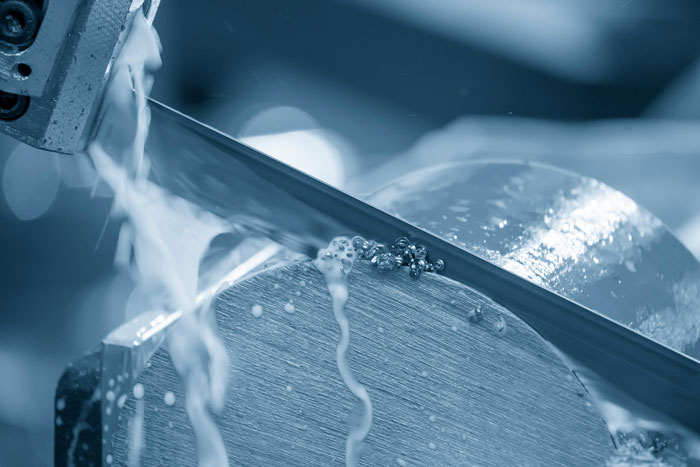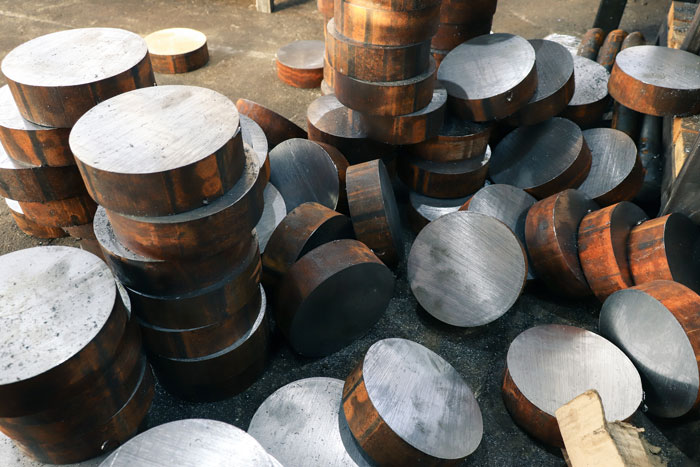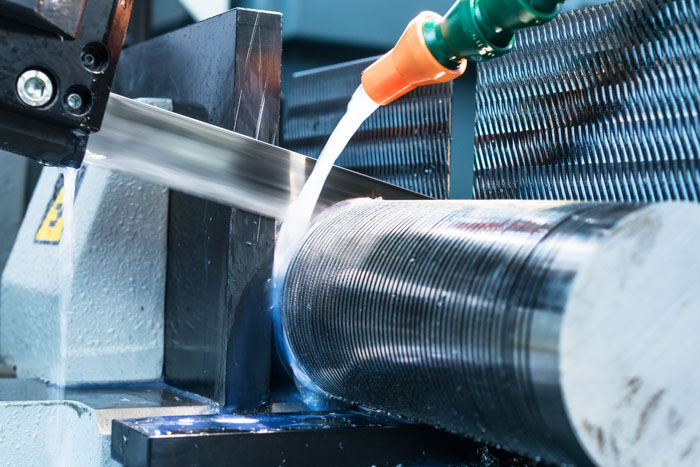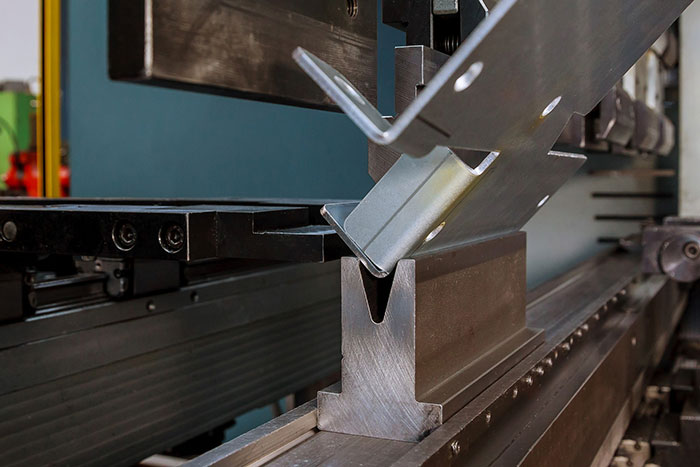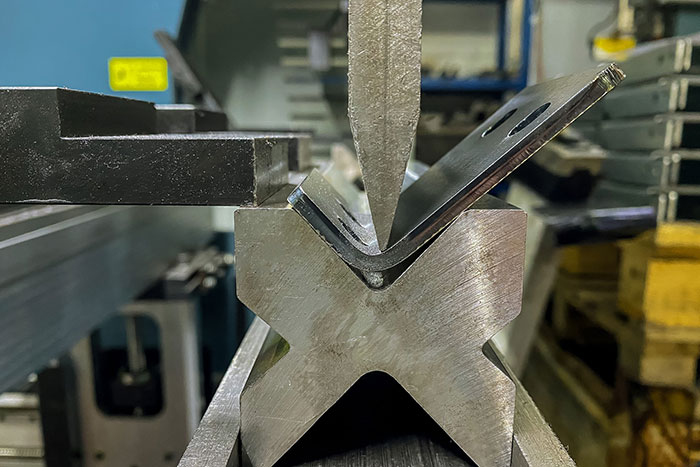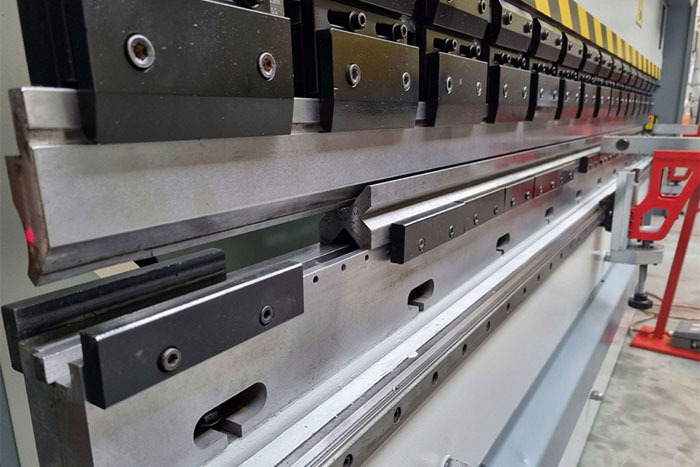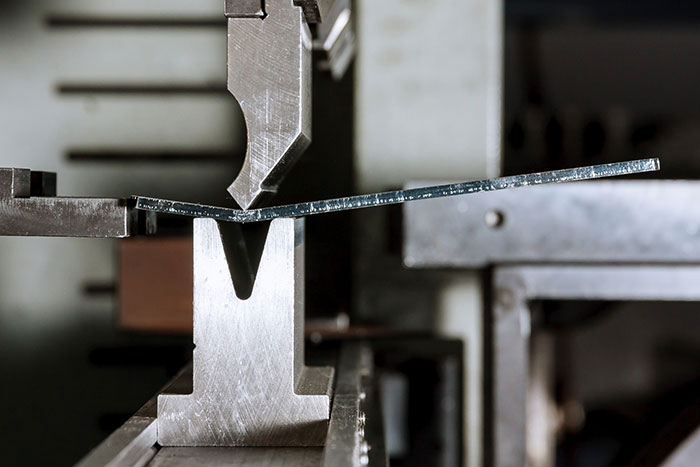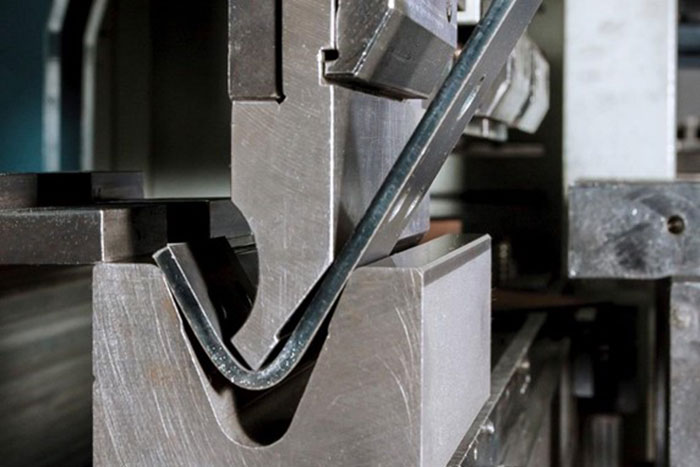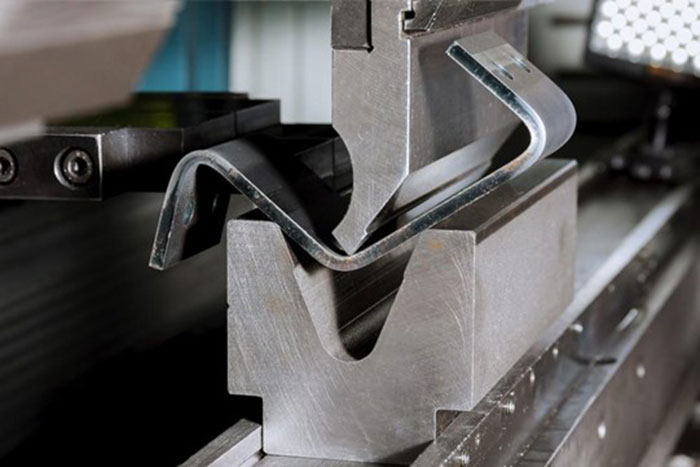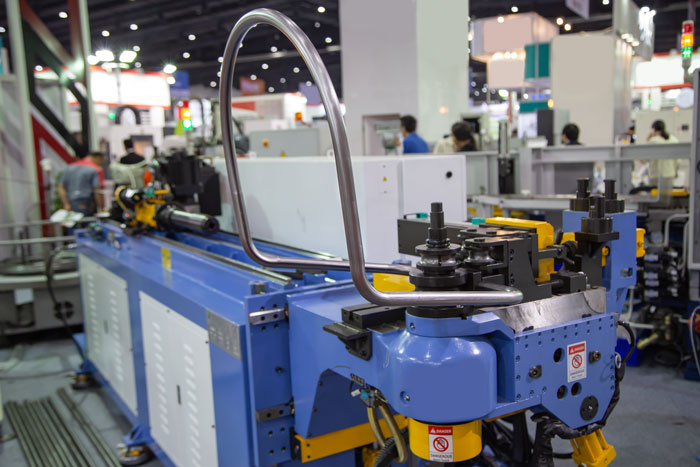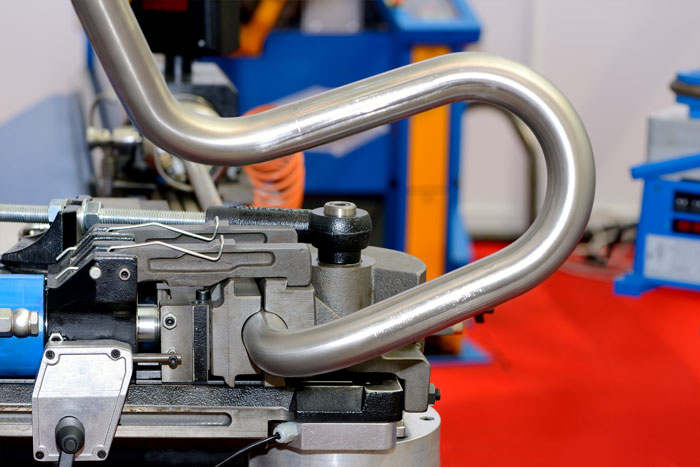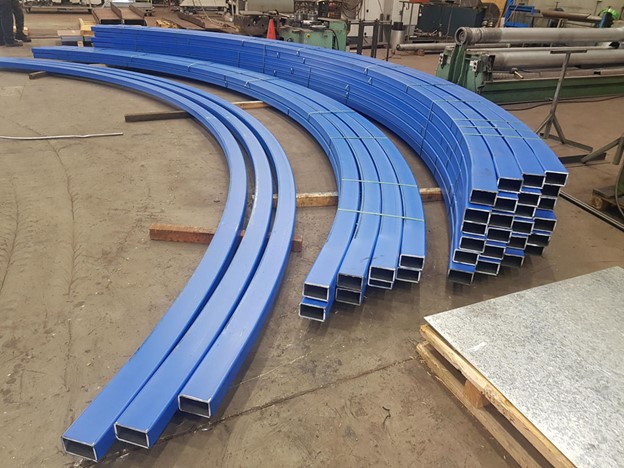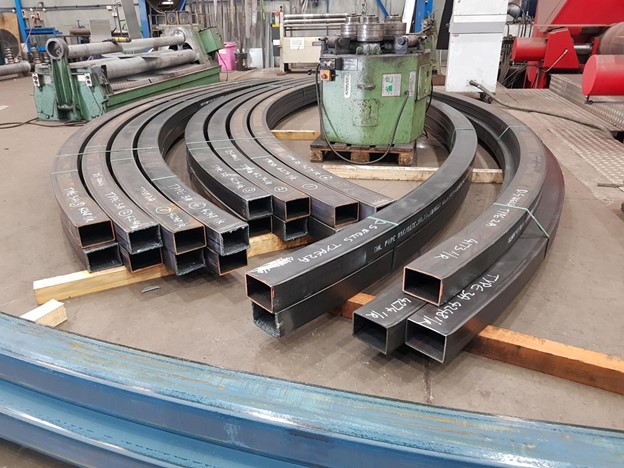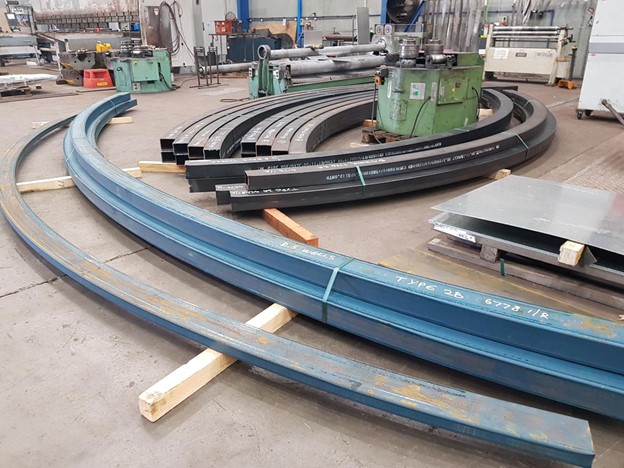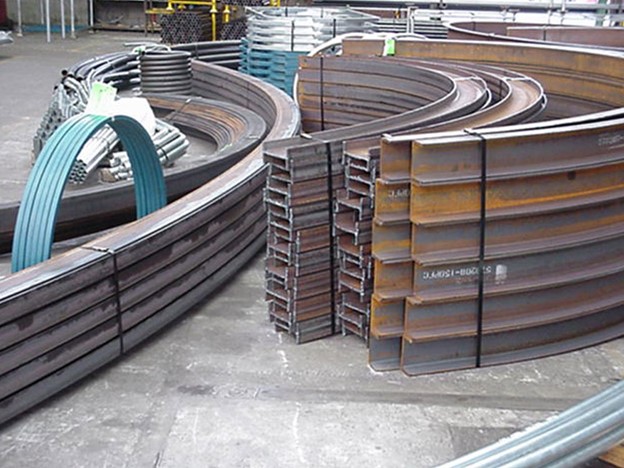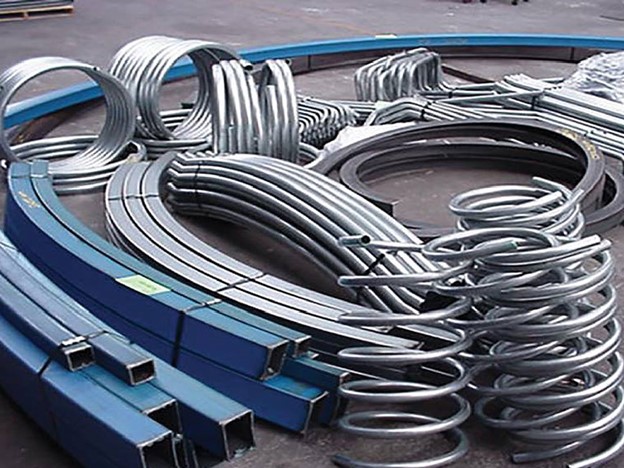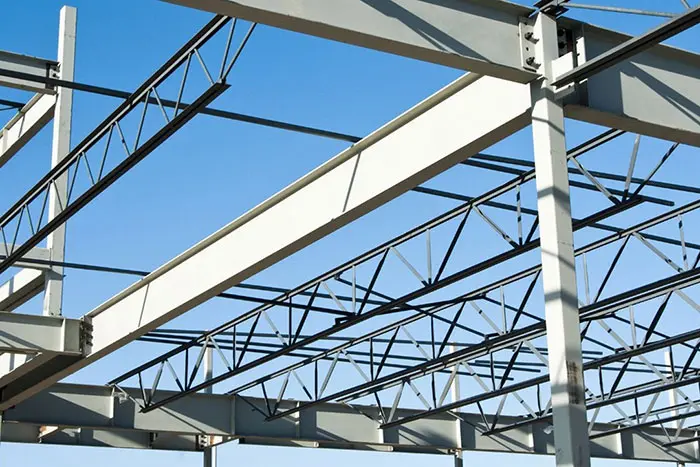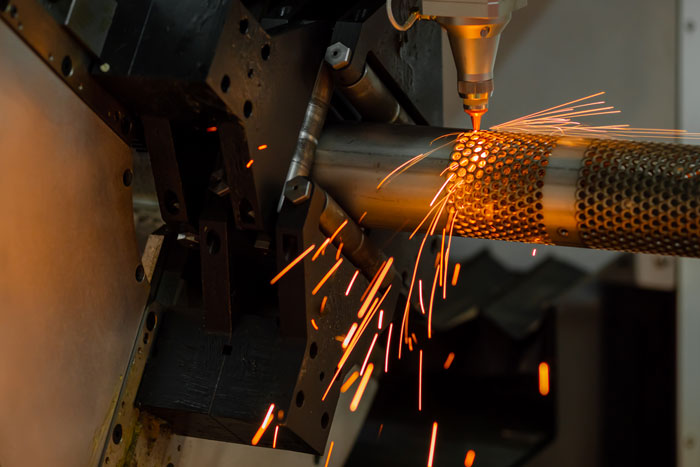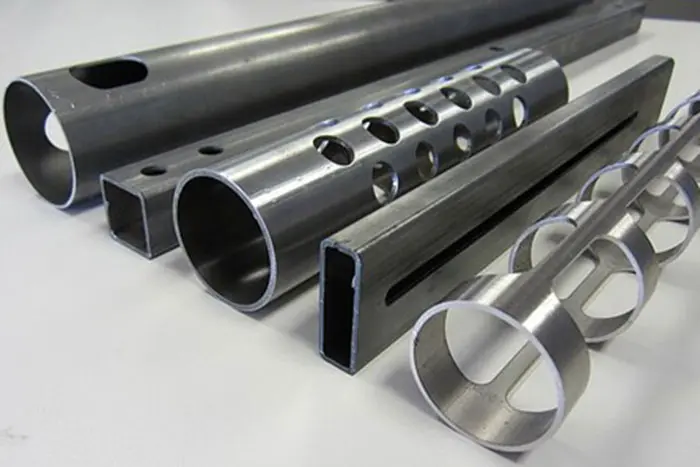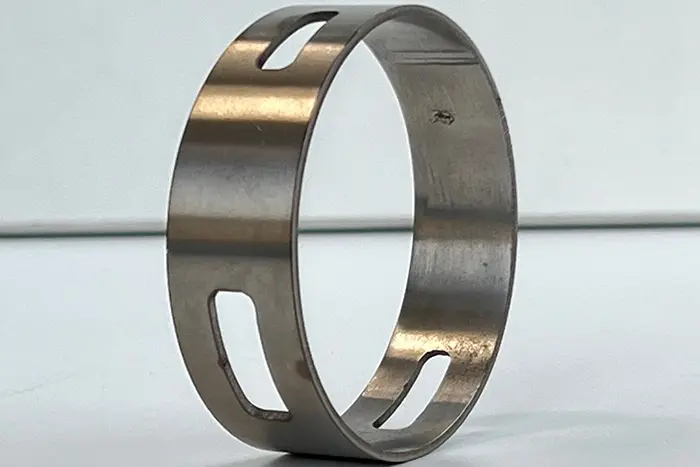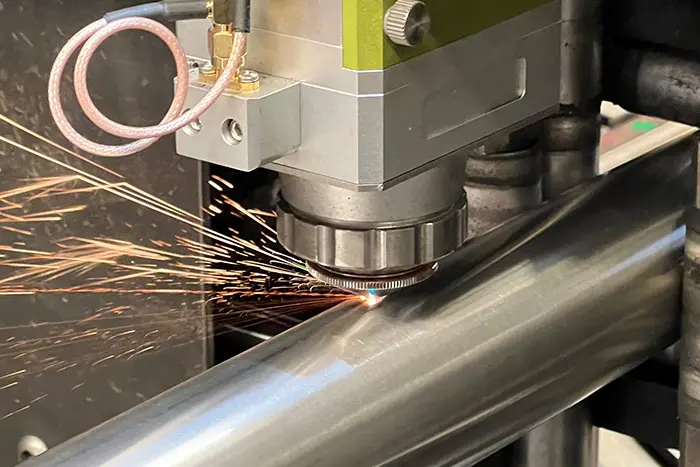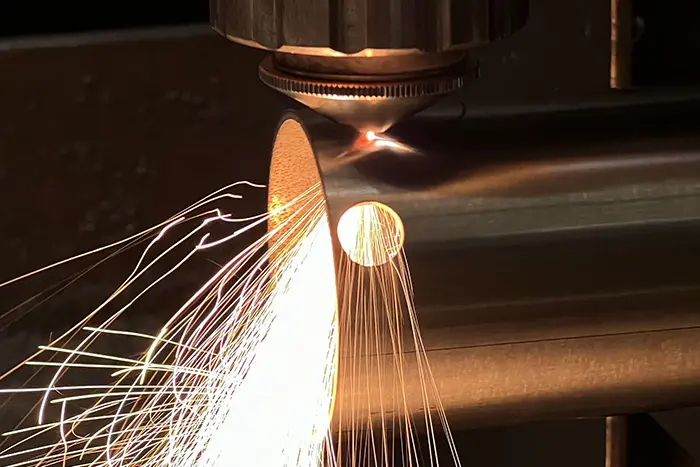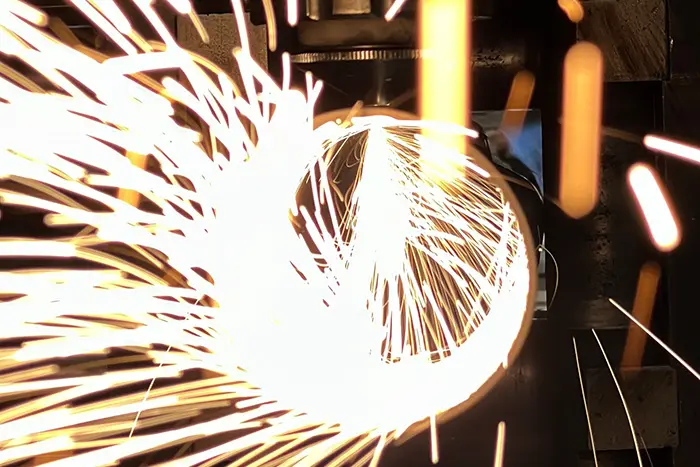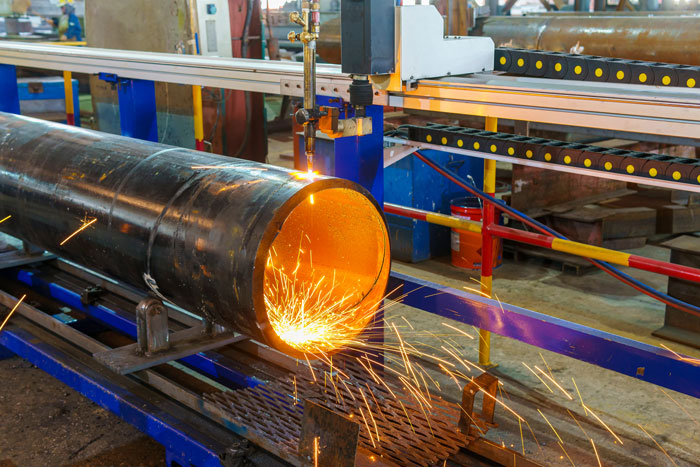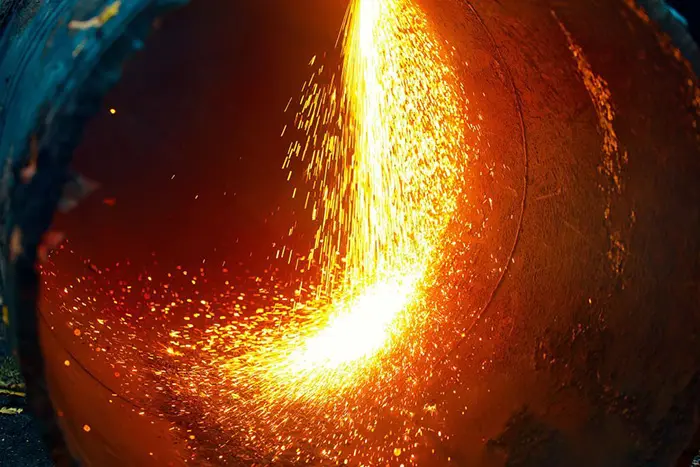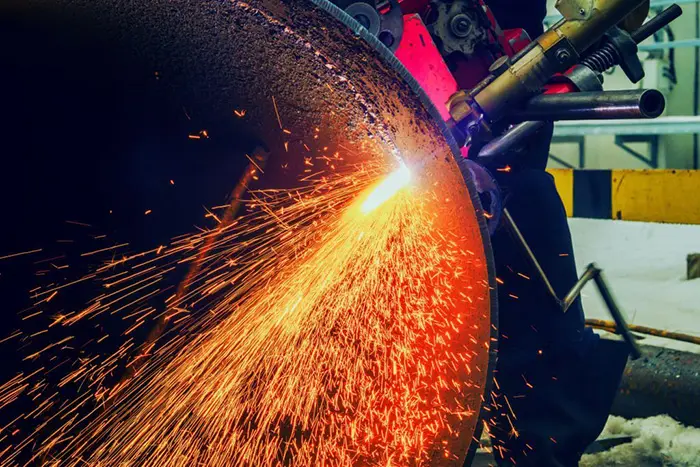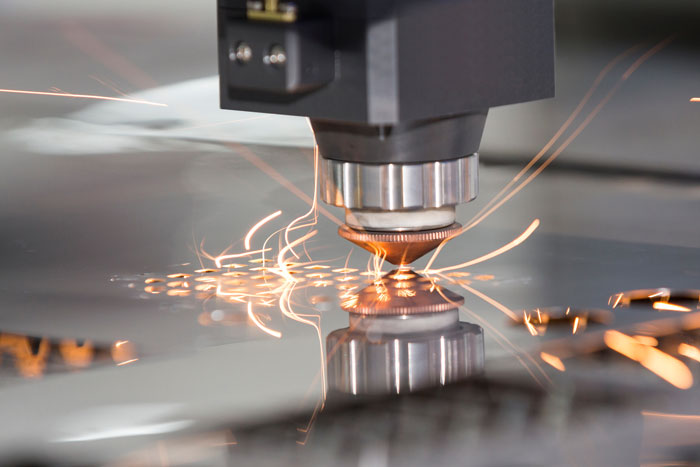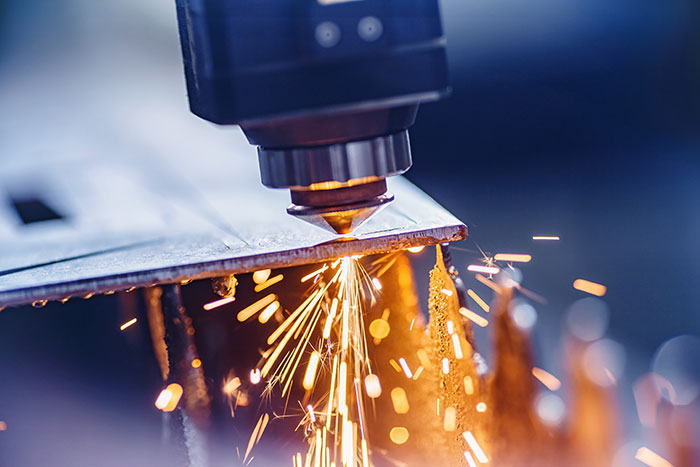Safety Considerations in Structural Steel Services: Ensuring a Secure Working
Safety Considerations in Structural Steel Services play a pivotal role in the construction industry, providing the framework for robust and durable buildings and structures. While structural steel offers numerous benefits, it is essential to prioritize safety during every stage of the steel fabrication and installation process. In this article, we will explore the critical safety considerations involved in structural steel services, including proper handling, fall protection, welding safety, and adherence to safety standards and regulations. Understanding and implementing these safety protocols is crucial to creating a secure working environment and protecting the well-being of all involved.
Ensuring a Secure Working
- Proper Handling and Transportation: Safety Considerations in Structural Steel Services, Proper handling, and transportation of steel components are fundamental to ensuring safety. This includes employing appropriate lifting equipment, such as cranes or forklifts, and training workers in safe lifting and rigging techniques. Adequate securing and bracing of steel components during transportation is essential to prevent accidents, ensuring they arrive at the construction site without damage.
- Fall Protection: Safety Considerations in Structural Steel Services, Working at heights is inherent in structural steel services, making fall protection measures a top priority. Implementing fall protection systems, such as guardrails, safety nets, or personal fall arrest systems, helps mitigate the risk of falls. Workers should receive thorough training in the proper use of fall protection equipment and adhere to safety protocols to prevent accidents and injuries.
- Welding Safety: Welding is a crucial aspect of structural steel services, but it also presents various hazards. Prioritizing welding safety is crucial to prevent accidents and protect workers’ health. Adequate ventilation and respiratory protection should be provided in welding areas to minimize exposure to fumes and gases. Personal protective equipment (PPE), including welding helmets, gloves, and fire-resistant clothing, should be worn at all times. Workers should receive proper training on safe welding techniques and the handling of welding equipment.
- Safety Standards and Regulations: Adherence to safety standards and regulations is vital in the structural steel industry. This includes complying with local building codes, Occupational Safety and Health Administration (OSHA) guidelines, and other relevant safety regulations. Structural steel companies should establish comprehensive safety policies, conduct regular safety audits, and provide ongoing safety training for employees to ensure a culture of Safety Considerations in Structural Steel Services is maintained throughout the organization.
- Hazard Identification and Risk Assessment: Thorough hazard identification and risk assessment are critical in maintaining a safe working environment. Conducting regular inspections and risk assessments helps identify potential hazards, such as structural weaknesses, hazardous materials, or equipment malfunctions. By addressing these risks proactively, steps can be taken to mitigate them, minimizing the likelihood of accidents and injuries.
- Communication and Training: Safety Considerations in Structural Steel Services, Effective communication and comprehensive training are key to promoting safety awareness and preventing accidents. Regular Communication and Training safety meetings and toolbox talks should be conducted to discuss potential hazards, safe work practices, and any changes in safety protocols. Training programs should cover topics such as hazard recognition, emergency procedures, and proper use of personal protective equipment.
- Equipment Maintenance: Regular maintenance and inspections of equipment and machinery are essential to ensure their safe and proper functioning. This includes checking for worn-out parts, lubricating moving components, and conducting routine inspections to identify potential issues that could compromise safety.
- Adequate Lighting: Proper lighting in work areas is crucial to ensure clear visibility and reduce the risk of accidents. Well-lit spaces enable workers to identify potential hazards and perform tasks with greater accuracy. Ensure that lighting fixtures are regularly maintained and any burnt-out bulbs are promptly replaced.
- Fire Prevention Measures: Safety Considerations in Structural Steel Services, Steel fabrication involves various processes that generate heat, sparks, and flames. Implementing fire prevention measures, such as fire extinguishers, fire blankets, and proper storage and handling of flammable materials, is essential. Additionally, establishing evacuation plans and conducting fire drills regularly can help prepare workers for emergency situations.
- Ergonomics and Safe Work Practices: Promoting ergonomic principles and safe work practices can minimize the risk of musculoskeletal injuries and enhance overall worker well-being. Provide workers with ergonomically designed tools and equipment, and encourage proper lifting techniques, use of personal protective equipment, and regular breaks to prevent fatigue-related accidents.
- Emergency Preparedness: Develop and communicate emergency response plans to ensure all workers are aware of evacuation routes, assembly points, and emergency contact information. Conduct drills periodically to familiarize workers with emergency procedures and to identify areas for improvement.
- Continuous Improvement and Feedback: Safety Considerations in Structural Steel Services, Encourage workers to report near misses, hazards, and safety concerns. Establish a feedback system that enables workers to share their insights and suggestions for improving safety practices. Regularly review and address these reports to continually enhance safety protocols.
- Safety Training for Contractors and Visitors: Contractors and visitors entering the work area should receive appropriate safety training and be made aware of the specific hazards and safety protocols in place. Provide clear guidelines and supervision to ensure they adhere to safety requirements while on-site.
- Hazard Communication: Safety Considerations in Structural Steel Services, Properly label hazardous materials and ensure clear signage for restricted areas, safety zones, and potential hazards. Implement effective communication systems to ensure all workers are informed of any changes or updates related to safety protocols.
- Safety Culture and Leadership: Establish a strong safety culture within the organization, starting from top-level management. Demonstrate visible leadership commitment to safety by actively participating in safety initiatives, providing resources for training and safety equipment, and recognizing and rewarding safe practices.
Safety Considerations in Structural Steel Services
Safety Considerations in Structural Steel Services, and it is the responsibility of both employers and employees to prioritize a secure working environment. Proper handling and transportation, fall protection measures, welding safety protocols, adherence to safety standards and regulations, hazard identification, and ongoing training are vital aspects of maintaining safety in the structural steel industry. By committing to these safety considerations, structural steel companies can ensure the well-being of their workers and contribute to a culture of safety that upholds the highest standards in the industry.

